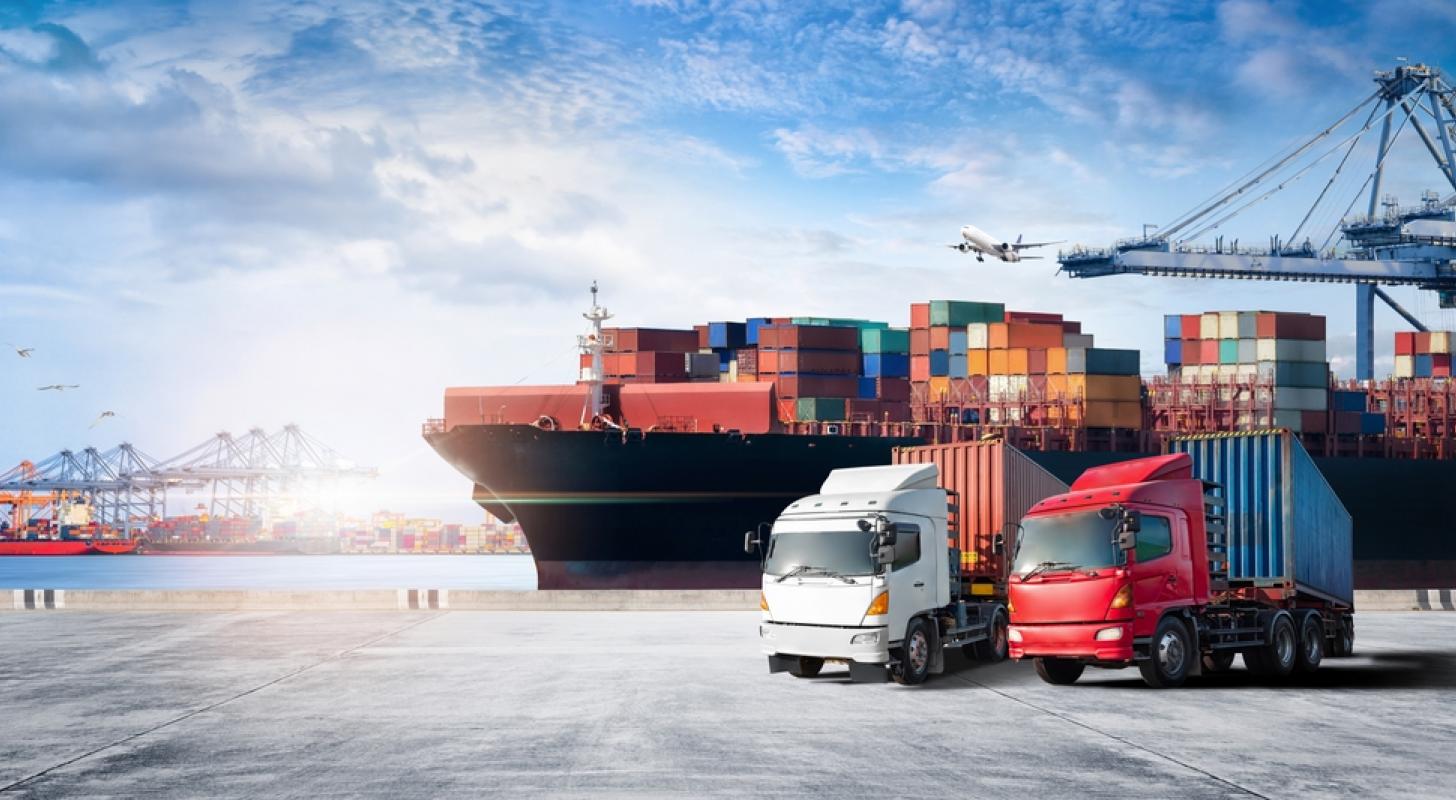
Consumers have had to reconsider the way they shop due to the COVID-19 lockdowns and resulting social isolation. Many realigned their priorities and spent more time online, including shopping, than ever before.
Retailers worldwide have been forced to limit purchases of high-demand items like hand sanitizer and toilet paper after panic buying took hold.
Health laws, including prolonged lockdowns, prevented the cross-border movement of ships and truck workers and cut supply lines from Shanghai to Los Angeles via Rotterdam.
Along with delays, the cost of delivering items to consumers increased.
These difficulties resulted in a seven-fold increase in the price of shipping a container on the world’s transoceanic trade routes and an even greater increase in the price of shipping bulk cargo in the 18 months following the onset of the pandemic.
Those costs are coming down — and getting back to pre-pandemic levels.
Also read: China surprises with export data: What triggers a slowdown despite a weak yuan?
This has alarmed some analysts according to S&P Global Market IntelligenceWhile freight costs have fallen as a result of supply chain disruptions caused by the pandemic, much of the slowdown in demand for containers and ships has been caused by slower freight transport.
“A greatly reduced port congestion along with weaker cargo arrivals was one of the main reasons for the significant drop in cargo rates,” S&P said in a statement on Wednesday.
The Baltic Dry Index — a measure of the cost of shipping bulk commodities by sea — is expected to fall 20% to 30% this year before rising modestly in 2024, underscoring the growing dangers of a global recession as consumer demand falters amid the surge cost of living and inflation.
The World Trade Organization (WTO) said that stagnant growth in world trade is a significant indicator of slowing global…
[ad_2]
Source story

